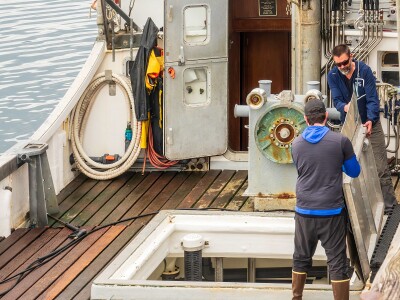On a glacier-filled island with fjords and elephant seals, Russia has built Antarctica's first Orthodox church on a hill overlooking its research base, transporting the logs all the way from Siberia. Less than an hour away by snowmobile, Chinese laborers have updated the Great Wall Station, a linchpin in China's plan to operate five bases on Antarctica, complete with an indoor badminton court, domes to protect satellite stations and sleeping quarters for 150 people.
Not to be outdone, India's futuristic new Bharathi base, built on stilts using 134 interlocking shipping containers, resembles a spaceship. Turkey and Iran have announced plans to build bases, too.
More than a century has passed since explorers raced to plant their flags at the bottom of the world, and for decades to come this continent is supposed to be protected as a scientific preserve, shielded from intrusions like military activities and mining. But an array of countries are rushing to assert greater influence here, with an eye not just toward the day those protective treaties expire, but also for the strategic and commercial opportunities that exist right now.
Read the full story at the Economic Times >>
Read more about Antarctica >>






